How to grow evergreen clematis – for year-round greenery and extraordinary spring blooms
Evergreen clematis will prove popular with local wildlife, with birds and bees attracted to the fragrant blooms
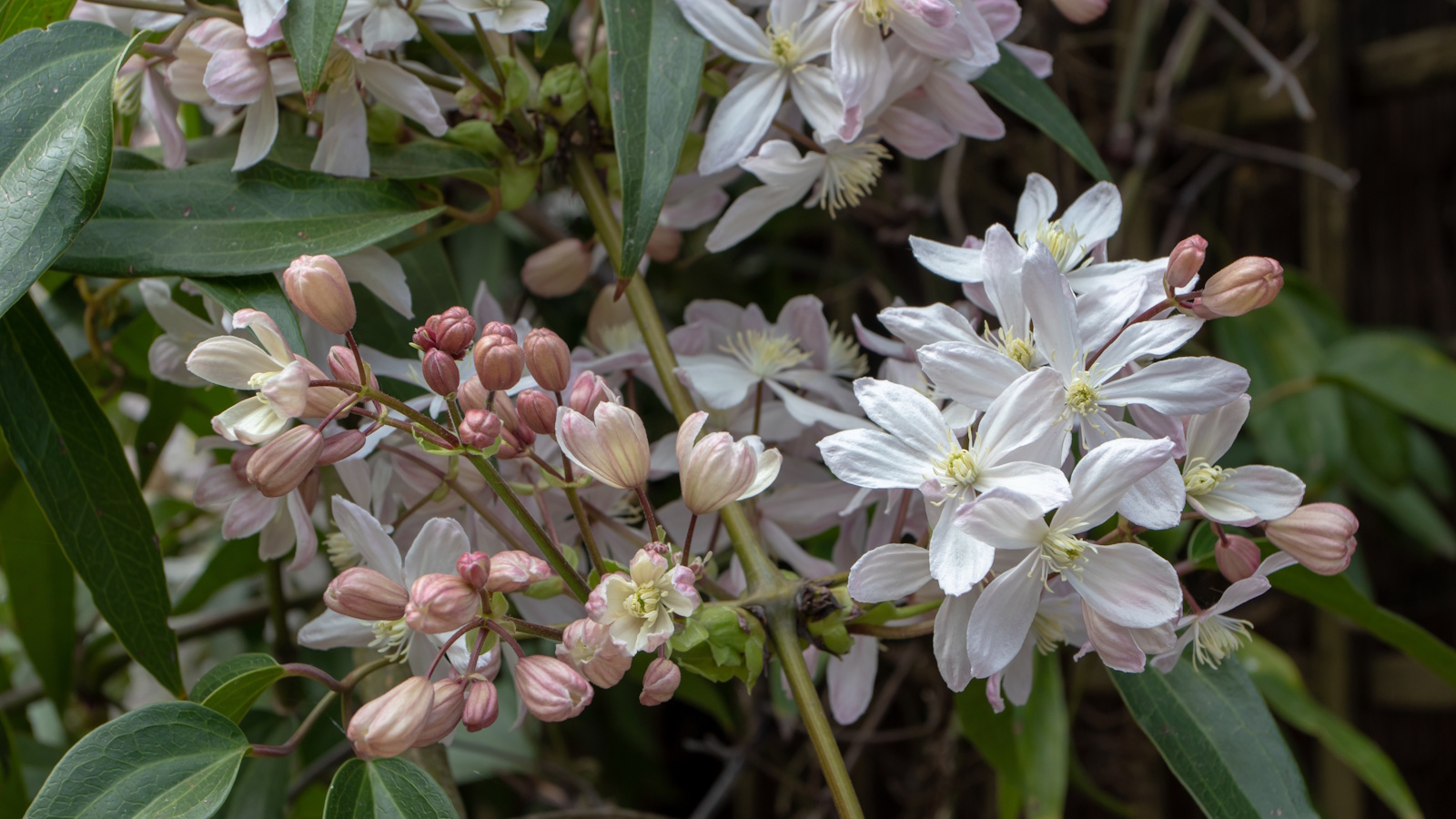

Evergreen clematis, or Clematis armandii, is a striking climbing plant that adds year-round greenery to any plot. What's more, this flowering climber is one of the first to bloom in spring, proving to be a hit with pollinators that are early to rise.
As a former professional gardener, I once cared for a large, sprawling evergreen clematis in a private garden in north London. Requiring little attention, this clematis proved effective in that it was both high-impact and low-maintenance.
So, if you are looking for evergreen climbers to add foliage and flowers to exterior walls and fences, consider learning how to grow evergreen clematis plants this year. Here, one garden expert reveals how best to care for this vining plant so that it will perform well even during the depths of winter.
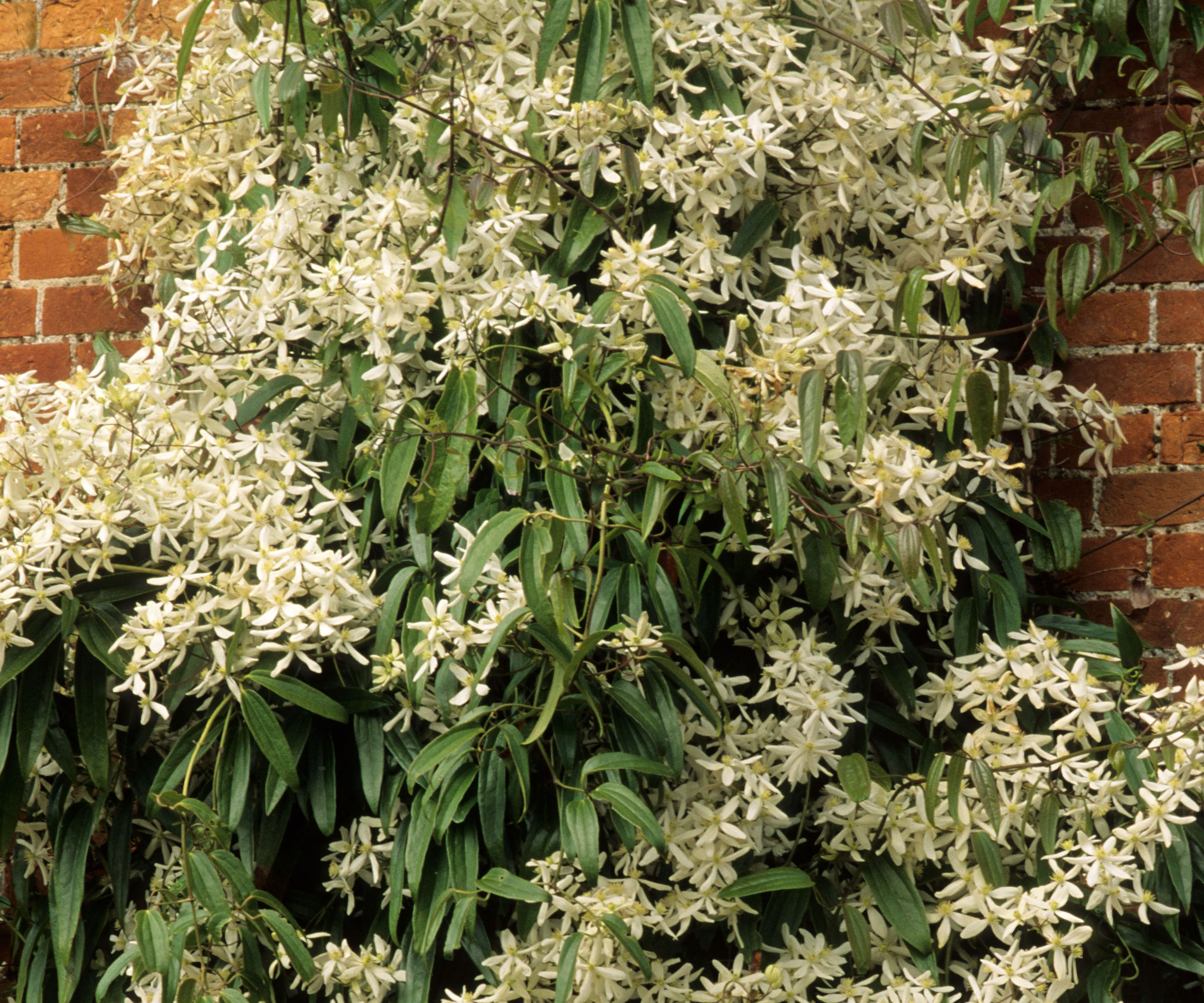
How to grow evergreen clematis
There are many different varieties to consider, but if you are looking for an evergreen option, Clematis armandii is one of the best clematis species to select.
This climbing plant can take a year or two to establish, but once settled will quickly vine and cover exterior surfaces with large glossy leaves that can measure up to six inches in length. In addition, the foliage is complemented by fragrant white blooms in spring.
Growing habits of evergreen clematis plants
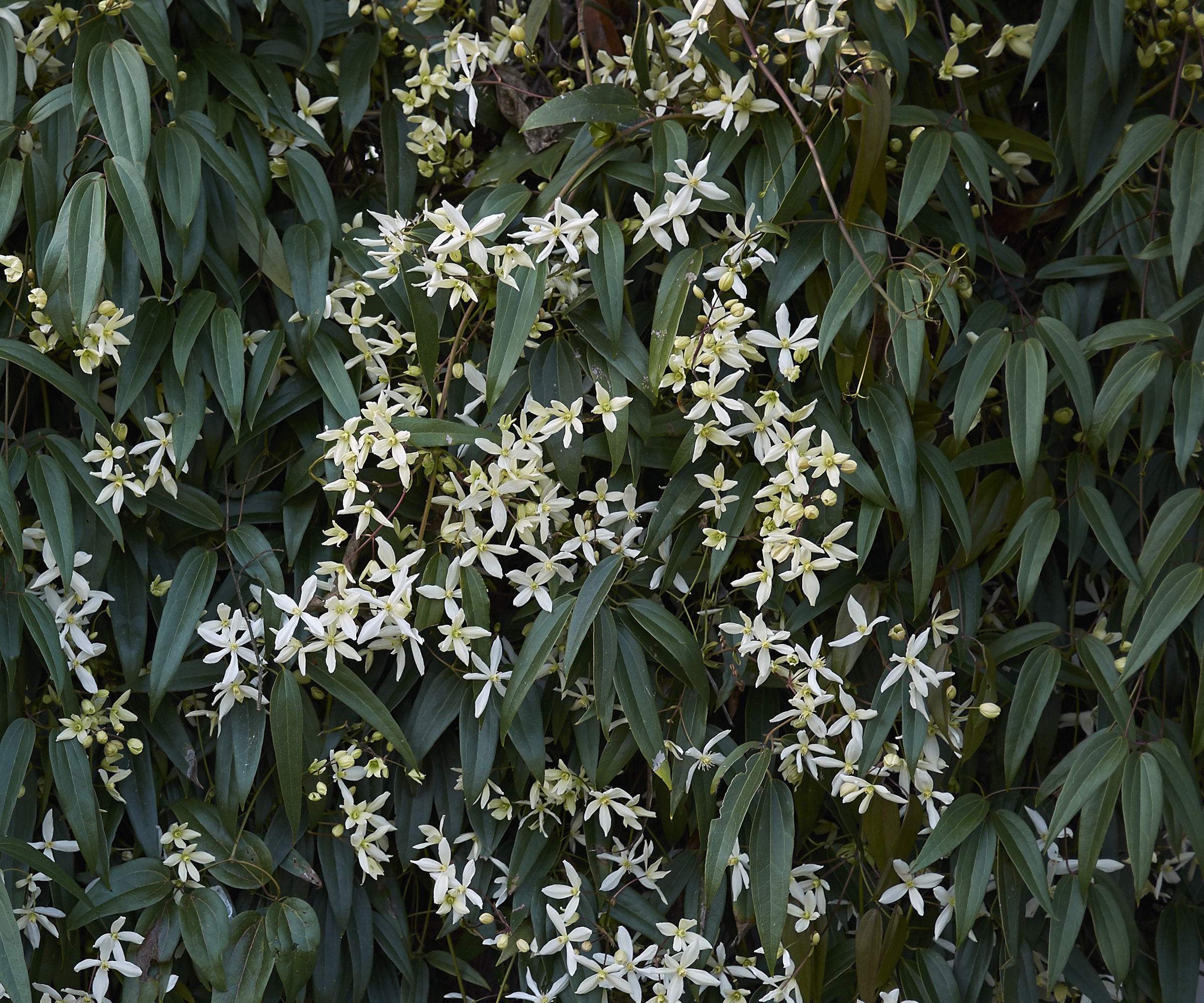
Native to central and western China, the evergreen clematis is a fast-growing climbing plant that is prized for its sweetly scented white flowers that emerge in early spring, usually around March and April.
'If you are looking for an evergreen climber, why not learn how to grow Clematis armandii for an impressive vining species,' says Alex Kantor, owner of Perfect Plants Nursery.
Design expertise in your inbox – from inspiring decorating ideas and beautiful celebrity homes to practical gardening advice and shopping round-ups.
'Clematis armandii performs best in sunny spots in the yard and can be grown from US hardiness zone 6 to US hardiness zone 9. In warmer regions, providing some shade during the heat of the day will prevent leaf scorch,' Alex continues.
'If left alone, this vine can reach up to 20 feet in length, although with annual pruning, you can easily keep it in check,' Alex adds.
In smaller yards, including terraces or balcony gardens, consider learning how to grow clematis in pots. You can easily grow Clematis armandii in a container, but be sure to use a large pot to give the vine plenty of room to grow. You should also keep an eye on watering during the summer, as clematis plants tend to do better in moist but free-draining soil.
Clematis armandii plants are available to order online from Amazon.

Alex has worked in the horticultural industry for over 20 years and grew up on the farm since his childhood years. Alex is an expert on landscape trees, shrubs, and indoor plants. He is passionate about growing and helping others learn the trade.
Grow guide for evergreen clematis plants
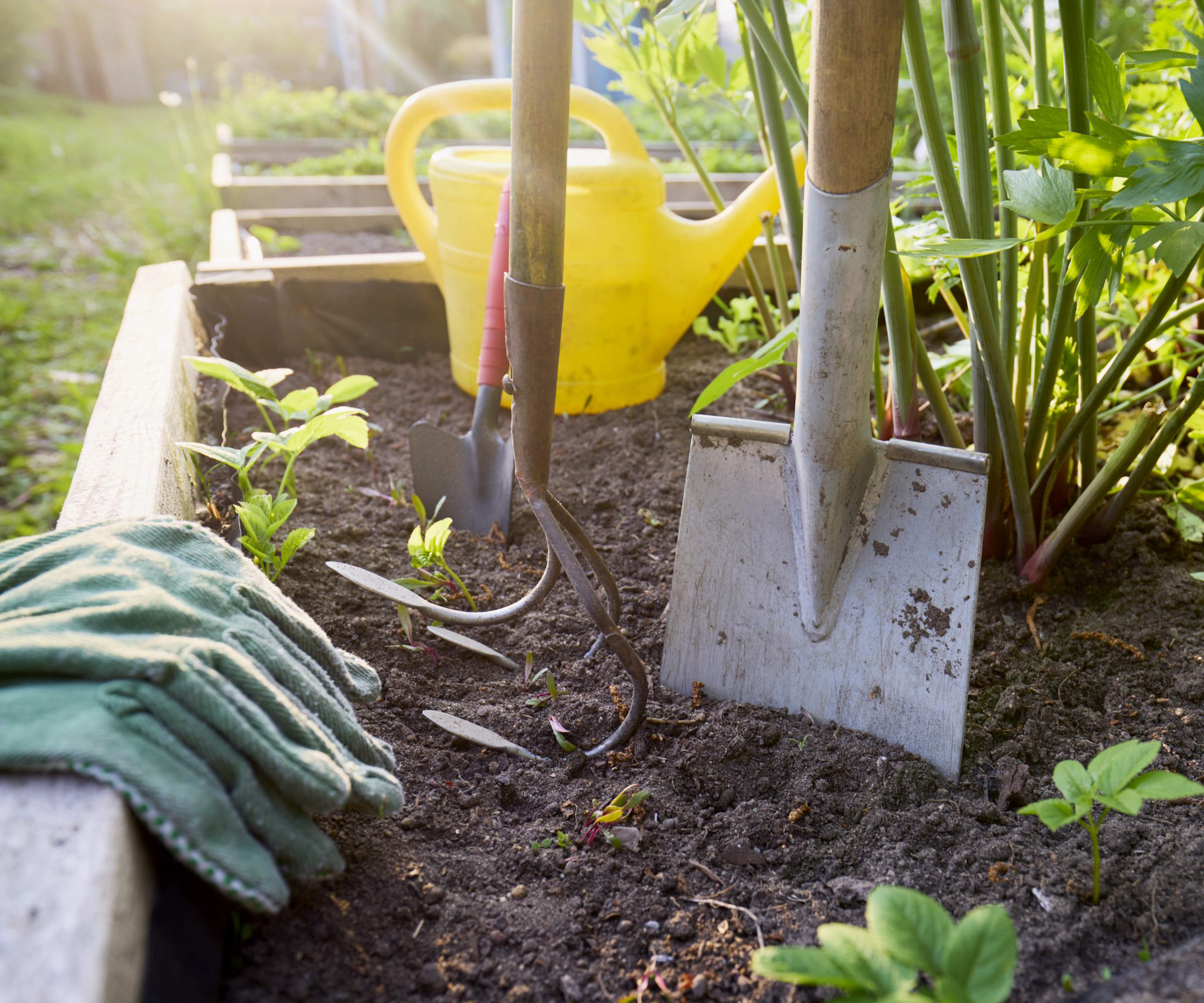
- Soil: This evergreen clematis does best in moist but well-drained soil. Clematis, like other members of the Ranunculaceae plant family, enjoy nutrient-rich soil, so completing a spot of mulching every year will help to nourish your borders. You can use homemade compost or mulch, or apply a thick layer of good quality potting soil, such as this organic soil, available from Walmart.
- Light: 'Plant your evergreen clematis in full sun for the best results, in a south or west-facing position that enjoys at least six hours of bright light each day,' Alex says. As is the case for most clematis species, Clematis armandii prefer to have their 'heads in the sun but their feet in the shade', so keep the roots cool by planting ground cover plants at the base of your vine.
- Watering: Keep the soil moist during the spring and summer, completing deep watering regularly when the temperature rises. Regular mulching will reduce the need to water quite so much, but soaking the base of your clematis once a week in summer will keep it in good health.
- Fertilizing clematis: As hungry plants, clematis enjoy regular feeding during the growing season. From spring, use a general-purpose fertilizer to get the most out of your vine. Feed once a month, stopping at the end of summer.
- Pruning: Like all early-flowering clematis, Clematis armandii falls into pruning group one, meaning that annual pruning isn't necessary, but to maintain its size and keep your plant in a compact shape, you can cut back after flowering, usually in late April or early May.
- Support: Clematis are some of the best plants to cover a wall, and as vining plants, they can quickly ramble and climb upwards and outwards. It is a good idea, however, to direct your plant to grow where you want it to grow. There are many different climbing plant support ideas to try, including trellises or archways, and be sure to use garden twine to tie in stems during the growing season.
- Toxicity: Clematis armandii is not considered toxic to humans, but it can pose a risk to dogs, cats and other pets if ingested. Keep an eye on your animals if your clematis foliage is within reach.
FAQs
What is a good native clematis vine to try?
While not evergreen, Clematis virginiana is a popular climber that is found growing across North America. This native vine goes by many names, including 'Old Man's Beard', but is most often sold in plant nurseries as 'Virgin Bower'. While it can be a vigorous grower, this native plant will produce a bounty of white blooms during the growing season.
Clematis virginiana plants are available from Walmart.
If you reside in an area that is prone to pest attacks from local deer and rabbits, this evergreen clematis is a good option as it is avoided by hungry pests. Pollinators, however, including birds, bees and butterflies, will be grateful for the spring blooms and winter cover. For more inspiration on evergreen ideas for animals and insects, see our guide on winter plants for wildlife.

Thomas is a Content Editor within the Gardens Team at Homes and Gardens. He has worked as a professional gardener for both public spaces and private estates, specializing in productive gardening, growing food and flowers. Trained in Horticulture at the Garden Museum, he has written on gardening and garden history for various publications, including The English Garden, Gardens Illustrated, Hortus, The London Gardener and Bloom. He has co-authored a Lonely Planet travel book, The Tree Atlas, due out in 2024.

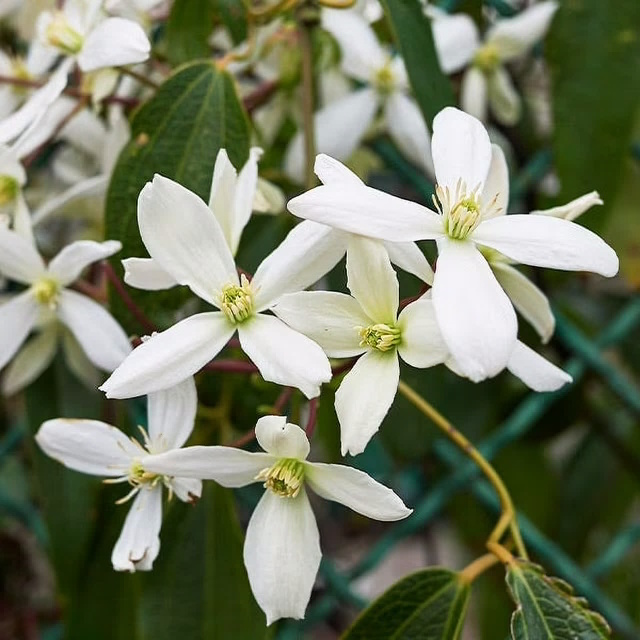
![Miracle-Gro Mg86205 General Utility Gloves – [small/medium], Synthetic Leather Padded Palm Gloves, Spandex Back, Adjustable Hook and Loop Wrist](https://cdn.mos.cms.futurecdn.net/nTAeAiC8a2MyyhZSnu3uAT.jpg)